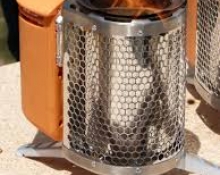Bloomsburg, PA -- Educators' Workshop
Arconic Foundation supported STEM teacher professional development for educators in the region surrounding Kawneer facility in Bloomsburg, PA. Central Susquehanna Intermediate Unit (CSIU) hosted a “Solar Energy Inquiry and Engineering” workshop for 6th – 12th grade teachers from area school districts. CSIU, alongside numerous others throughout the state, acts as an educational resource provider for schools in this region. The IU was responsible for reaching out to local districts, having each district nominate a few teachers that they would like to send to the... Read full project narrative >>




